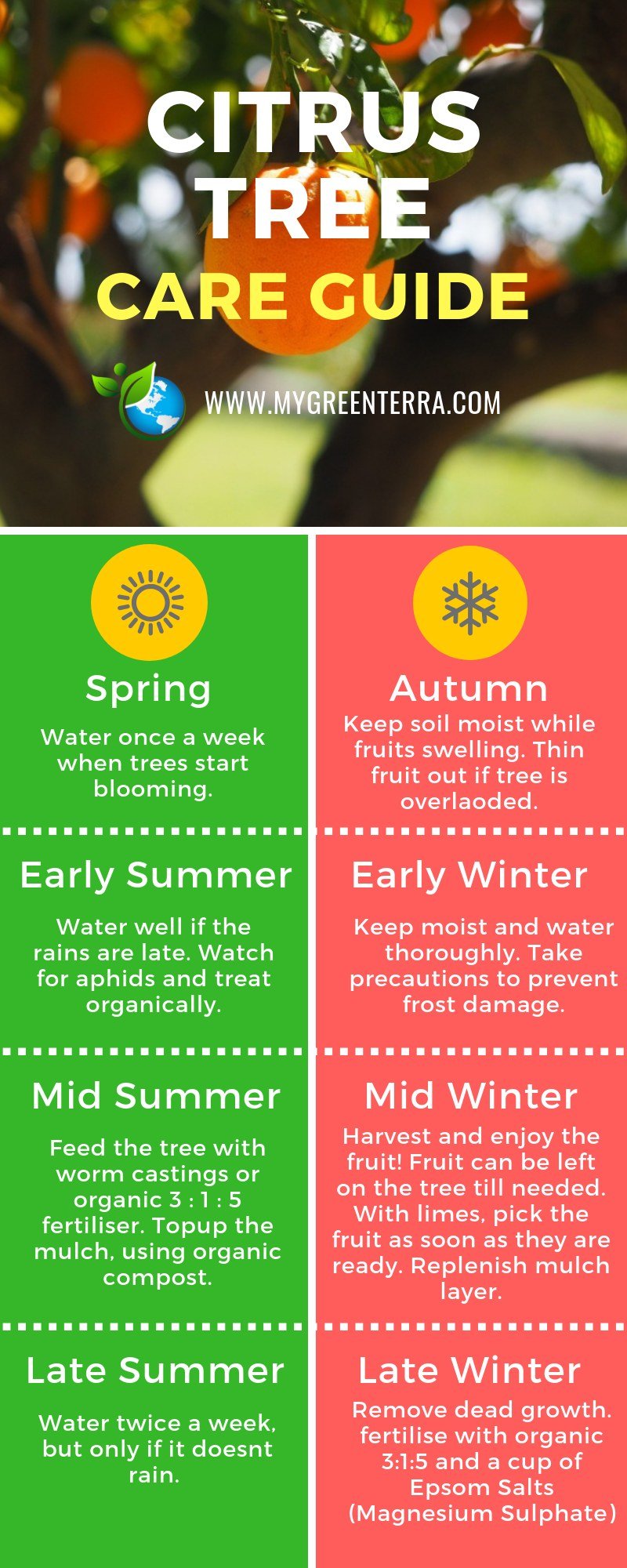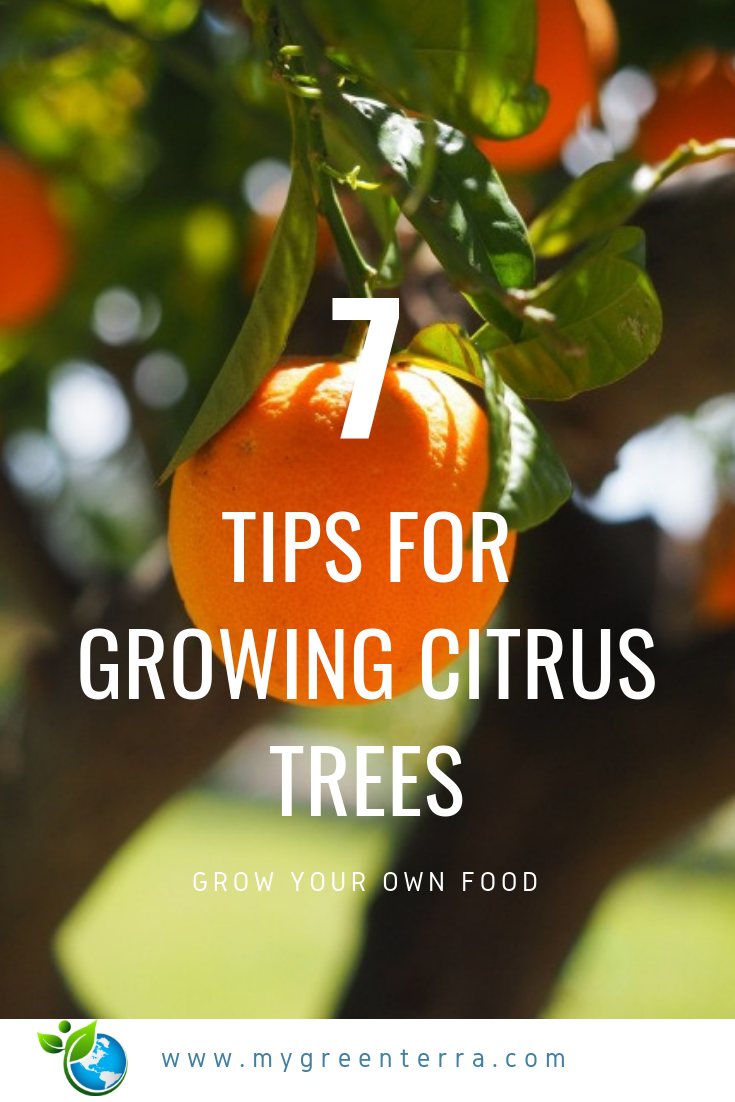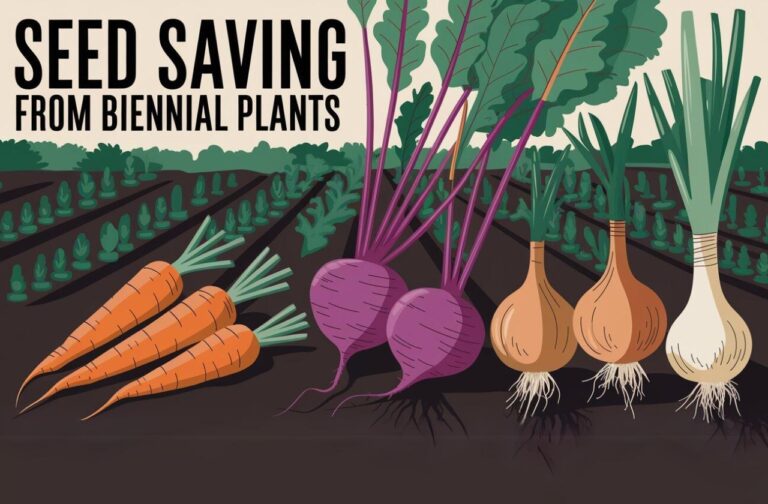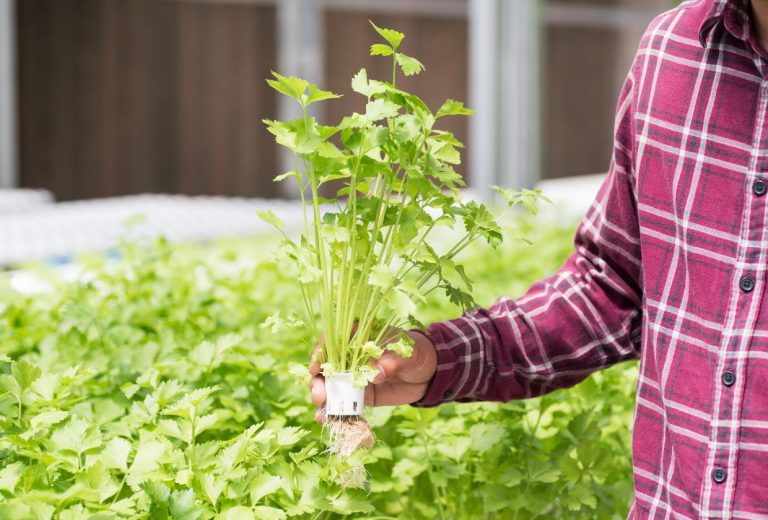7 Tips On How To Grow Citrus Trees
I get commissions for purchases made through links in this post. View our Affiliate Disclaimer.
Citrus fruits are among my favourite fruits! They are not only great to eat on their own, but can also add great flavours to your cooking. This guide will give you some basic tips on how to grow citrus trees! You will be surprised to find that it is not as difficult as you think! And you don’t need acres of space!
Citrus has gained a reputation of being difficult to grow. If you follow these basics on how to grow citrus trees and take care of them correctly, you should have few problems. Your reward will be having the pleasure of picking your own fruit from your own trees!
Let’s get started!
[wpsm_toplist]
Position
Choosing the correct position for you citrus tree is critical to giving your trees a good start and keeping them healthy. Citrus trees prefer full sun, so position them where they will receive maximum sunlight.
Citrus trees do not tolerate frost very well, especially when they are young trees. If you are in the southern hemisphere, like me, planting them near a north or a west-facing wall will give them some frost protection. Those of you in the northern hemisphere can use a south, or west-facing wall.
If you are in an area that gets a lot of frost, you can take other measures to protect from frost. These can include a good layer of mulch – see much section below, or wrapping the stem with a commercial frost protection material in winter.
Planting
Citrus trees like well-drained soil. If you are planting directly into the ground, add generous amounts of compost into the planting hole before planting the tree. If you have a clay soil that does not drain well, you can add river sand, with lots of organic matter mixed in.
An alternative to planting in the ground is to grow your citrus tree in a pot! This has many advantages.
- You can control the soil composition
- The tree can be relocated to better positions from season to season
- It allows you to grow a citrus tree anywhere, even on a balcony!
- Locate it close to a water source such as a tap, for easy watering
- Easier to control pests
One of the main reasons that I grow citrus trees in posts is because I don’t own the property where I homestead. Having my trees in pots allows me to take my established trees with me when I move to my own piece of ground!
When growing your citrus tree in a pot, be sure to add a good quality potting soil , and use a pot that will drain well. Add a handful of earth worm castings or bonemeal to the potting soil when planting.
Remember that citrus trees planted in pots will require more frequent watering and fertilizing!
Watering
Citrus trees like regular watering! Keep the soil moist, but not waterlogged, particularly when your tree is in bloom or setting fruit.
In summer time, a watering regime of twice a week should be sufficient. If you have rain, skip a watering cycle.
Mulching
Using mulch should be a standard practice in you homestead garden. It brings many benefits to the plants and the environment. Rather use organic mulch, as this will provide food for you tree as it decomposes. Compost is the preferred mulch medium for citrus trees. Make sure that you don’t put the mulch right up against the stem of the tree, as this will promote disease.
Pruning
Generally, citrus trees do not require pruning, but it is a good idea to remove dead branches to prevent the tree becoming overgrown. When the trees are young, removing the lower branches promotes growth and improves air circulation.
Maintenance
Citrus trees do not like their roots being messed with, so weed carefully around the tree by hand. Keep an all other plants at least 1m (about 3ft) away from the base of the tree.
If your citrus tree is in a pot, do not grow any plants in the same pot at the base of the tree (underplanting). Rather place companion plants in their own containers near the tree.
Aphids can attack citrus trees, but can be managed with companion planting, or organic pesticides.
For a more detailed, annual maintenance program, see the infographic at the end of this post.
Companion Planting
Companion planting is grouping plants together for mutual benefit. Lavender, calendula and marigolds are great pest deterrents to have near your citrus trees. Nasturtiums are great plant to act as a decoy to attract aphids away from the citrus tree.
Dill and fennel will benefit your citrus trees by attracting insects such as lacewings and ladybugs that feed on the ahpids.
Borage and lemon balm are great companions to your citrus trees as they help to repel unwanted insects.
You now you have the basic knowledge on how to grow citrus trees! I bet it is easier than you expected! Next time you are at your local nursery, pick up a few citrus trees for your homestead or garden! These basic care guidelines will help you to reap homegrown fruit from your trees for years to come!


Get more posts like this
Subscribe to our mailing list and get interesting homesteading and green living info and updates to your email inbox.
Thank you for subscribing.
Something went wrong.









What a great post! As always very helpful and educational! Love the infographic too! Keep up the great work my friend!
Thanks Annie, I enjoyed writing this article and hope people find it useful.
Still learning about infographics, hope a visual representation of the info works for my readers.
Very interesting reading about the companion plants, thank you